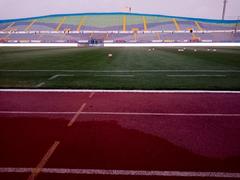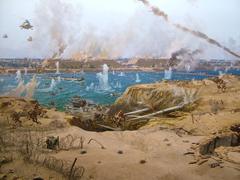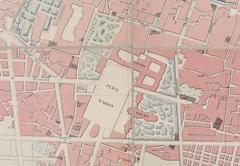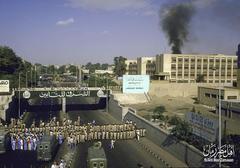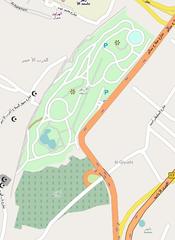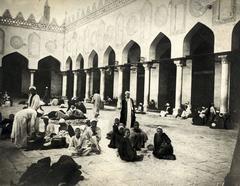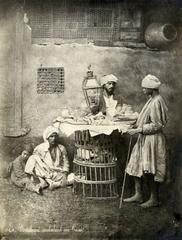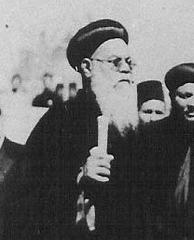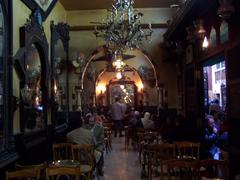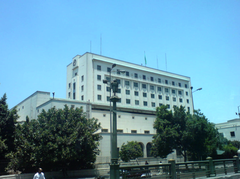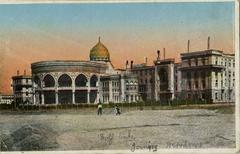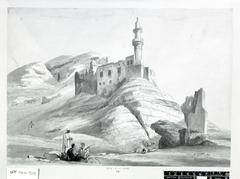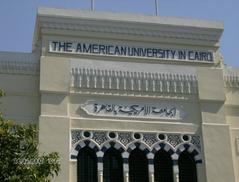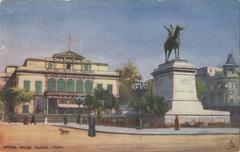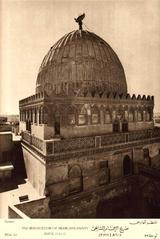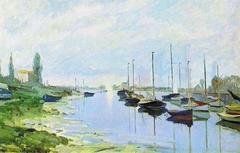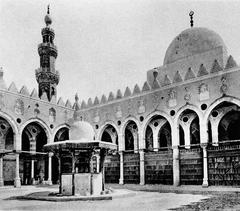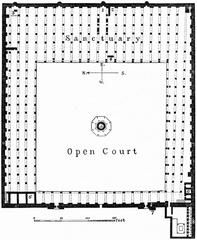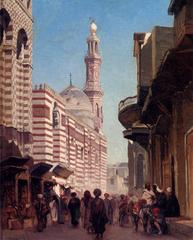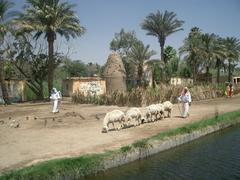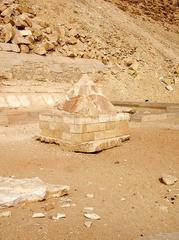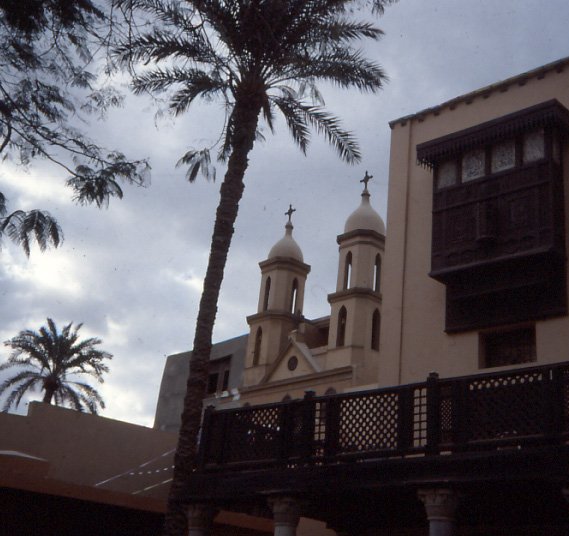
Coptic Cairo Visiting Hours, Tickets, and Historical Sites
Date: 18/07/2024
Introduction
Coptic Cairo, known locally as ‘Masr al-Qadima’ or Old Cairo, is a historical enclave within modern Cairo that offers a unique glimpse into Egypt’s rich and multifaceted past. This area is not just a cluster of ancient churches and monasteries; it is a living museum that narrates the evolution of Egyptian Christianity from its inception to its present-day form. The district’s significance is highlighted by its numerous UNESCO World Heritage sites, making it a must-visit for history buffs and casual travelers alike (source).
The story of Coptic Cairo begins in the 1st century AD, with the arrival of Saint Mark in Alexandria, whose teachings rapidly spread Christianity throughout Egypt. Despite facing severe Roman persecution, the Coptic community’s resilience led to a flourishing of culture and religion, particularly during the Arab and Ottoman eras. Today, Coptic Cairo remains a vibrant testament to this enduring legacy, featuring landmarks such as the Hanging Church, the Church of St. Sergius and Bacchus, and the Coptic Museum, each offering unique insights into the area’s historical and cultural tapestry (source).
This guide aims to provide a comprehensive overview of Coptic Cairo, covering its historical significance, key attractions, visitor information, and practical tips to enhance your experience. Whether you are interested in ancient architecture, religious history, or simply wish to explore a unique cultural heritage, Coptic Cairo has something to offer.
Table of Contents
- Introduction
- Exploring Coptic Cairo
- Top Coptic Cairo Attractions
- Visitor Information
- Tips for Visitors
- Conclusion
- FAQ
Exploring Coptic Cairo
The Dawn of Christianity in Egypt
The story of Coptic Cairo begins in the 1st century AD, with the arrival of Saint Mark, one of the four Evangelists, in Alexandria. His teachings resonated deeply within the ancient Egyptian populace, leading to the rapid spread of Christianity throughout the land. This nascent faith found fertile ground in Egypt, blossoming into one of the earliest and most vibrant centers of Christianity in the world.
Roman Persecution and the Rise of Coptic Identity
The early Coptic Christians faced severe persecution under Roman rule, culminating in the infamous Diocletianic Persecution in the 4th century AD. This period of intense hardship forged a distinct Coptic identity, characterized by resilience, unwavering faith, and a rich cultural heritage that blended indigenous Egyptian traditions with Christian beliefs.
The Arab Conquest and the Flourishing of Coptic Culture
The arrival of the Arab armies in the 7th century AD ushered in a new era for Egypt and its Coptic community. While initially met with resistance, the Arab conquest eventually led to a period of relative tolerance and peaceful coexistence. Coptic Cairo, strategically located within the walls of the Roman fortress of Babylon, became a refuge and a center of cultural and religious expression for the Coptic community.
The Golden Age of Coptic Cairo
The 9th and 10th centuries AD marked a golden age for Coptic Cairo. Under the relatively tolerant rule of the Abbasid Caliphate, the Coptic community flourished. This era witnessed the construction of magnificent churches, the establishment of renowned monasteries, and a flourishing of Coptic art, literature, and scholarship. The Hanging Church, with its iconic suspended nave, and the Church of St. Sergius and Bacchus, believed to have been built over the crypt where the Holy Family sought refuge, stand as enduring symbols of this prosperous period.
Challenges and Resilience
The following centuries brought about new challenges for the Coptic community. The Fatimid Caliphate, established in the 10th century AD, gradually imposed restrictions on Coptic religious practices and social mobility. Despite these challenges, the Coptic community persevered, clinging steadfastly to their faith and traditions.
The Ottoman Era
The Ottoman conquest of Egypt in the 16th century AD ushered in another era of transformation for Coptic Cairo. The Ottomans, while maintaining Islamic dominance, generally adopted a policy of religious tolerance, allowing the Coptic community a degree of autonomy in managing their internal affairs. This period witnessed a revival of Coptic art and architecture, as evidenced by the numerous renovations and embellishments undertaken in Coptic churches and monasteries.
Coptic Cairo Today
Today, Coptic Cairo stands as a vibrant testament to the enduring legacy of Egyptian Christianity. Its narrow, labyrinthine streets, lined with ancient churches, monasteries, and historical synagogues, offer a glimpse into a rich and layered past. The Ben Ezra Synagogue, a testament to Cairo’s once-thriving Jewish community, and the Coptic Museum, housing an unparalleled collection of Coptic artifacts, further enrich the historical tapestry of this remarkable district.
Top Coptic Cairo Attractions
The Hanging Church (El Muallaqa)
Arguably the most famous Coptic church in Egypt, the Hanging Church gets its name from its unique construction. Built atop the water gate of the Roman fortress of Babylon in the 7th century, the church appears to be suspended between two towers. Inside, visitors are greeted by a stunning interior adorned with 110 icons, some dating back to the 8th century, and a beautifully carved wooden pulpit supported by marble columns. The church’s pulpit is shaped like Noah’s Ark, symbolizing the salvation of the church.
- Visiting Hours: Daily, 9 AM - 4 PM
- Tickets: Free admission
(source - Supreme Council of Antiquities, Egypt)
Church of St. Sergius and Bacchus (Abu Serga)
Believed to be built on the site where the Holy Family sought refuge during their flight to Egypt, the Church of St. Sergius and Bacchus holds immense religious significance. Dating back to the 5th century, this church is one of the oldest in Cairo and boasts a crypt where the Holy Family is said to have stayed. The church’s architecture reflects a blend of styles, showcasing the evolution of Coptic design.
- Visiting Hours: Daily, 9 AM - 5 PM
- Tickets: Free admission
(source - Coptic Orthodox Church Centre)
The Coptic Museum
Established in 1910, the Coptic Museum houses an extensive collection of Coptic art and artifacts, offering a comprehensive overview of this unique cultural heritage. With over 16,000 pieces on display, the museum showcases Coptic art, textiles, manuscripts, and everyday objects, providing insights into the daily lives of early Christians in Egypt. Notable exhibits include intricately carved wooden screens, vibrant frescoes, and ancient manuscripts, including portions of the Nag Hammadi library.
- Visiting Hours: Daily, 9 AM - 5 PM
- Tickets: Adults - EGP 100, Students - EGP 50
The Monastery and Church of St. George (Mar Girgis)
The only round church in Egypt, the Monastery and Church of St. George is a striking architectural marvel. Built in the 10th century atop a tower of the Roman fortress, the church features a circular nave surrounded by an ambulatory. The church’s interior is equally impressive, with beautiful icons, murals, and a marble pulpit dating back to the 11th century. The monastery also houses the remains of St. George, a revered figure in both Christianity and Islam.
- Visiting Hours: Daily, 9 AM - 4 PM
- Tickets: Free admission
The Ben Ezra Synagogue
While not strictly a Coptic site, the Ben Ezra Synagogue holds a significant place in Coptic Cairo’s historical landscape. Built in the 9th century on the site where Moses is believed to have been found as a baby, the synagogue served the Jewish community for centuries. It is renowned for its architectural beauty, particularly its intricately carved Torah ark and the Geniza, a repository of medieval Jewish manuscripts discovered in the 19th century.
- Visiting Hours: Daily, 9 AM - 4 PM
- Tickets: Free admission
(source - Jewish Virtual Library)
The Church of St. Barbara (Sitt Barbara)
Dedicated to Saint Barbara, a 3rd-century martyr, the Church of St. Barbara is known for its stunning interior decoration. Built in the 5th century and rebuilt in the 11th century, the church features a harmonious blend of architectural styles. The interior is adorned with beautiful marble work, intricate woodwork, and a collection of icons depicting scenes from the life of Saint Barbara and other biblical stories.
- Visiting Hours: Daily, 9 AM - 5 PM
- Tickets: Free admission
(source - Egypt Tourism Authority)
The Church of St. Mary Gerges (Mari Girgis)
Located within the walls of the Monastery of St. George, the Church of St. Mary Gerges is a smaller but equally impressive church. Built in the 18th century, the church features a beautiful marble iconostasis and a collection of icons depicting various saints and biblical scenes. The church’s peaceful atmosphere and intricate artwork make it a worthwhile stop on any Coptic Cairo tour.
- Visiting Hours: Daily, 9 AM - 4 PM
- Tickets: Free admission
The Roman Fortress of Babylon
A testament to Cairo’s layered history, the Roman Fortress of Babylon offers a glimpse into the city’s Roman past. Built in the 1st century AD, the fortress served as a strategic military stronghold and played a crucial role in the development of Coptic Cairo. While much of the fortress lies in ruins, visitors can still explore its remaining towers, walls, and gates, imagining the grandeur of this ancient structure.
- Visiting Hours: Daily, 9 AM - 5 PM
- Tickets: Free admission
Visitor Information
- Visiting Hours: Most sites in Coptic Cairo are open daily from 9 AM to 5 PM. It is advisable to check specific visiting hours for each location as they may vary.
- Tickets: Entry to many churches is free, but the Coptic Museum charges an entrance fee of approximately 100 EGP for adults and 50 EGP for students. Prices are subject to change, so it’s best to verify beforehand.
- Nearby Attractions: While in the area, consider visiting the Amr Ibn Al-As Mosque, one of the oldest mosques in Africa, and the Islamic Cairo district for a broader historical experience.
- Accessibility: Most of the sites in Coptic Cairo are accessible by foot, but be prepared for uneven surfaces and narrow pathways. Many churches and the Coptic Museum are wheelchair accessible.
Tips for Visitors
- Dress Code: As with any religious site, modest clothing is essential. Ensure your shoulders and knees are covered.
- Photography: While photography is generally allowed, some churches may have restrictions. Always ask permission before taking photos or videos inside religious buildings.
- Guided Tours: Consider hiring a local guide to enhance your experience. They can provide valuable insights into the history, art, and religious significance of the sites.
- Bargaining: If you choose to buy souvenirs from local vendors, be prepared to bargain. It’s a common practice in Egypt.
- Respectful Behavior: Remember to be respectful of the religious practices and beliefs of the Coptic community. Maintain a quiet demeanor inside churches and avoid disruptive behavior.
- Transportation: Taxis and ride-sharing services are readily available to reach Coptic Cairo. The nearest metro station is Mar Girgis.
- Best Time to Visit: The cooler months, from October to April, offer the most pleasant weather for exploring the area.
Conclusion
Visiting Coptic Cairo is akin to stepping back in time, offering a rich tapestry of history, culture, and spirituality. From the architectural marvels of the Hanging Church and the Church of St. Sergius and Bacchus to the invaluable artifacts housed in the Coptic Museum, every corner of this ancient district tells a story of resilience, faith, and cultural fusion. The area’s historical significance is further enriched by its role as a center of pilgrimage for Coptic Christians, making it a unique destination that transcends mere sightseeing (source).
In addition to its historical and religious landmarks, Coptic Cairo offers practical amenities and tips for visitors. Most sites are open from 9 AM to 5 PM, and while many attractions offer free admission, some like the Coptic Museum may charge a small fee. The area is generally accessible and can be easily navigated on foot, although hiring a knowledgeable guide is recommended for a more enriching experience (source).
Ultimately, a visit to Coptic Cairo is more than just a journey through history; it is an immersive experience that allows you to connect with the enduring spirit of a community that has weathered the storms of time. Whether you are drawn by its religious significance, architectural beauty, or cultural richness, Coptic Cairo promises an unforgettable journey of discovery. For more travel tips and updates, consider downloading the Audiala app and following us on social media (source).
FAQ
- What are the visiting hours for Coptic Cairo? Most sites are open daily from 9 AM to 5 PM.
- How much do tickets to Coptic Cairo cost? Entry to many churches is free, but the Coptic Museum charges an entrance fee of approximately 100 EGP for adults and 50 EGP for students.
- Are there guided tours available? Yes, guided tours are available and highly recommended to fully appreciate the historical and cultural significance of the area.
- What is the best time to visit Coptic Cairo? The cooler months from October to April offer the most pleasant weather for exploring Coptic Cairo.
- How can I reach Coptic Cairo? Taxis, ride-sharing services, and the Mar Girgis metro station are convenient options for reaching Coptic Cairo.
References
- Exploring Coptic Cairo - History, Visiting Hours, and Tips, 2023, Author source
- Top Coptic Cairo Attractions - Visiting Hours, Tickets, and Travel Tips, 2023, Author source
- Exploring Coptic Cairo - Visiting Hours, Tickets, and Historical Significance, 2023, Author source
- Top Coptic Cairo Attractions - Visiting Hours, Tickets, and Travel Tips, 2023, Author source
- Top Coptic Cairo Attractions - Visiting Hours, Tickets, and Travel Tips, 2023, Author source

